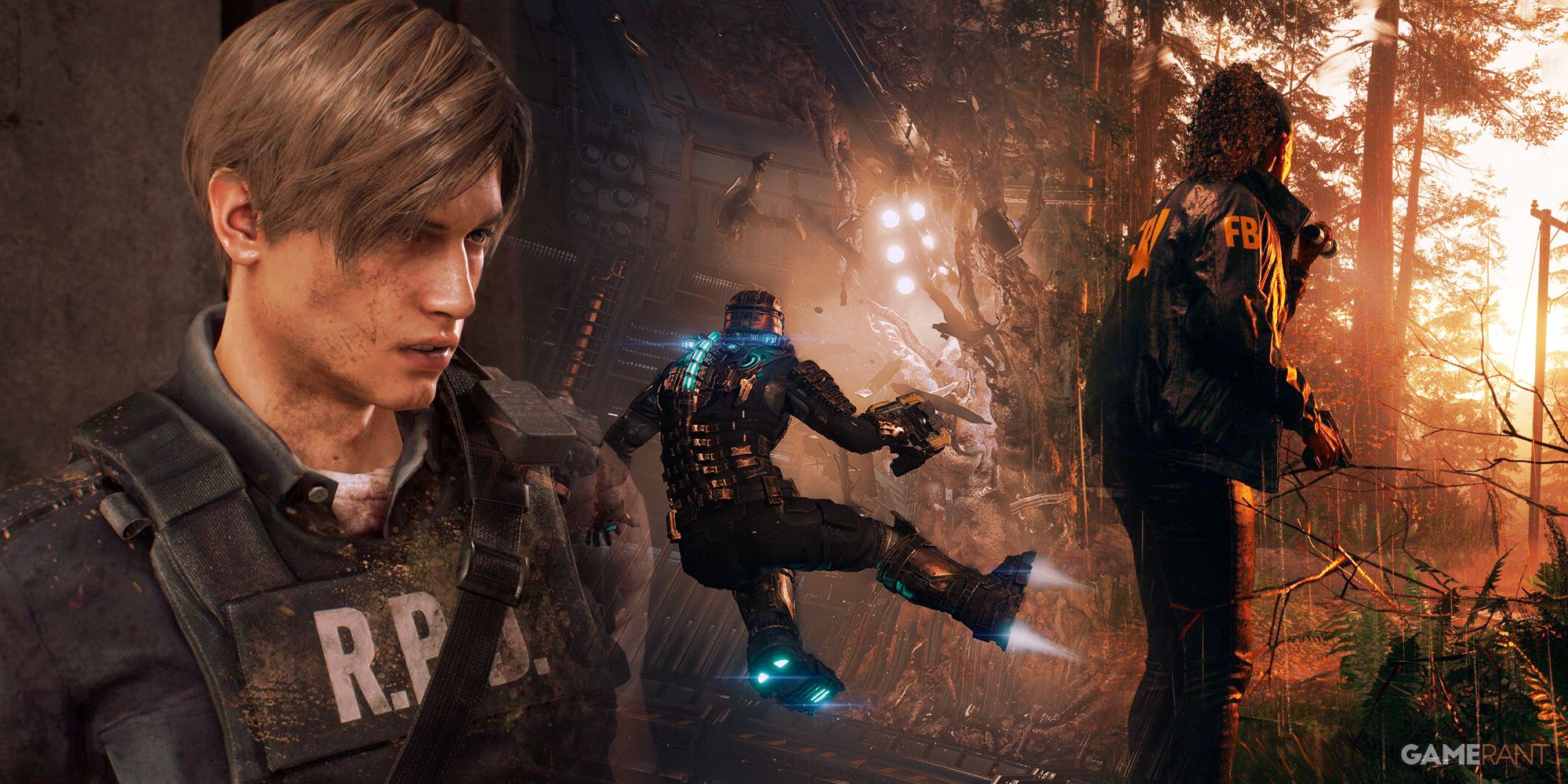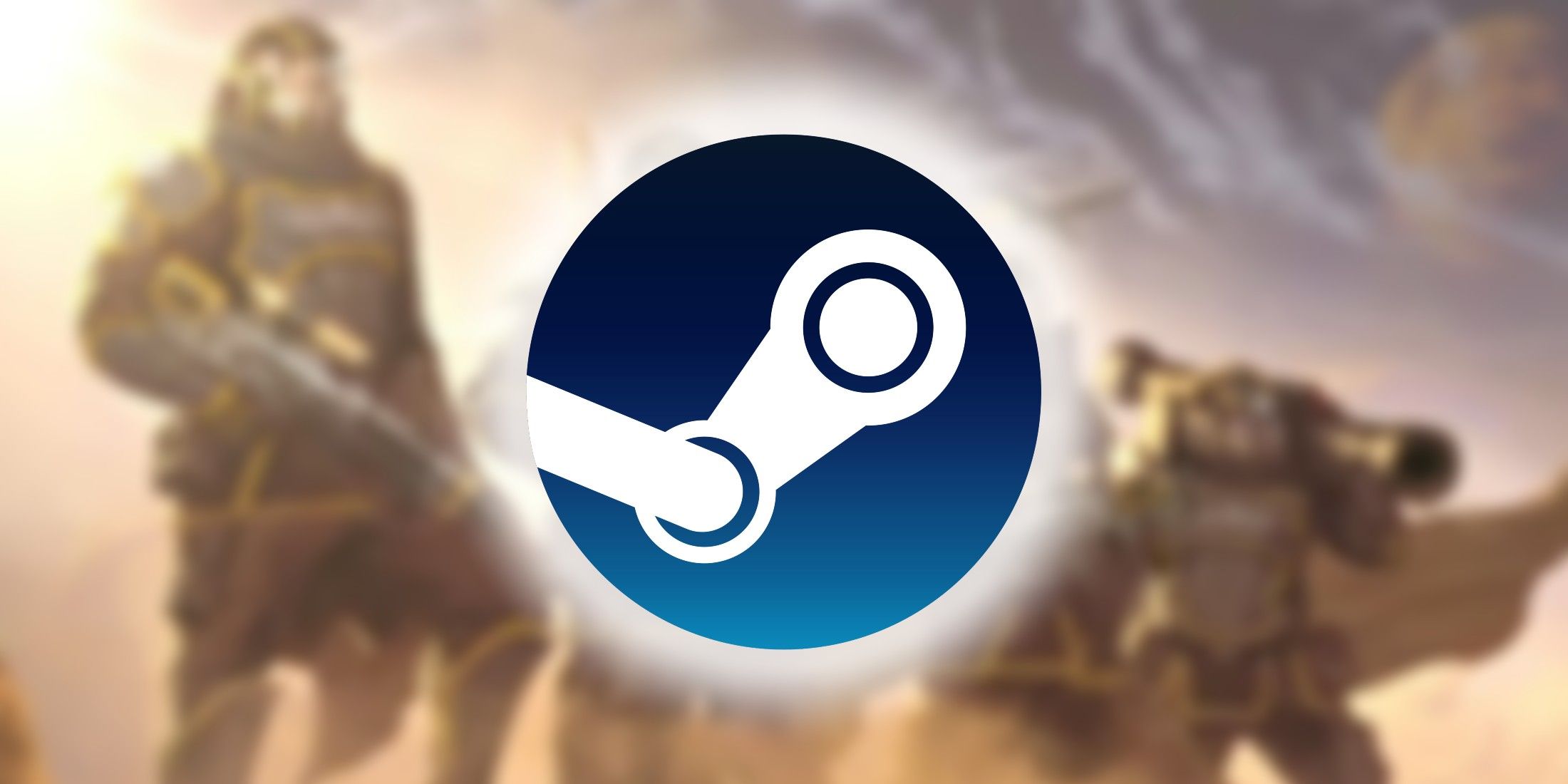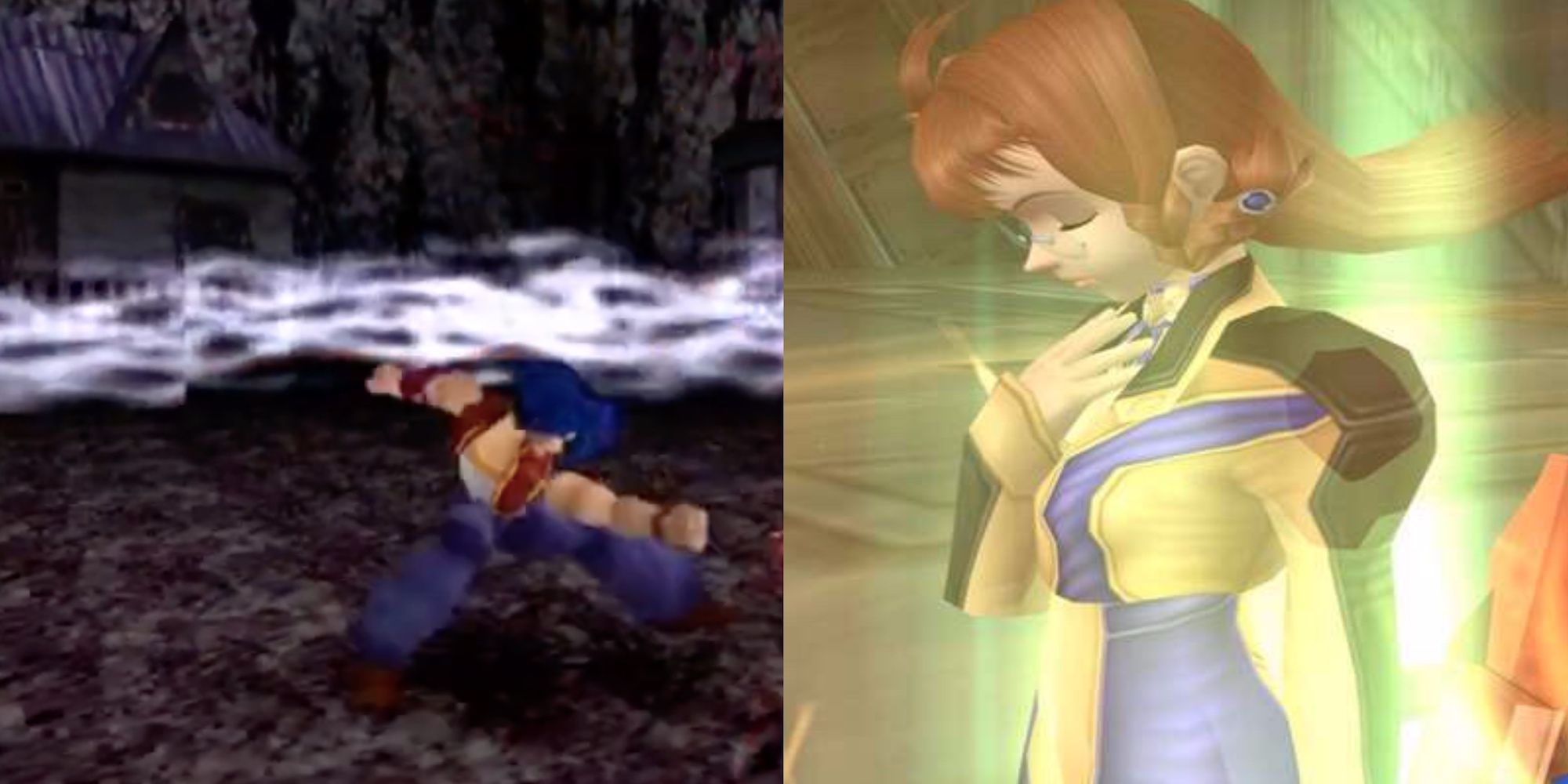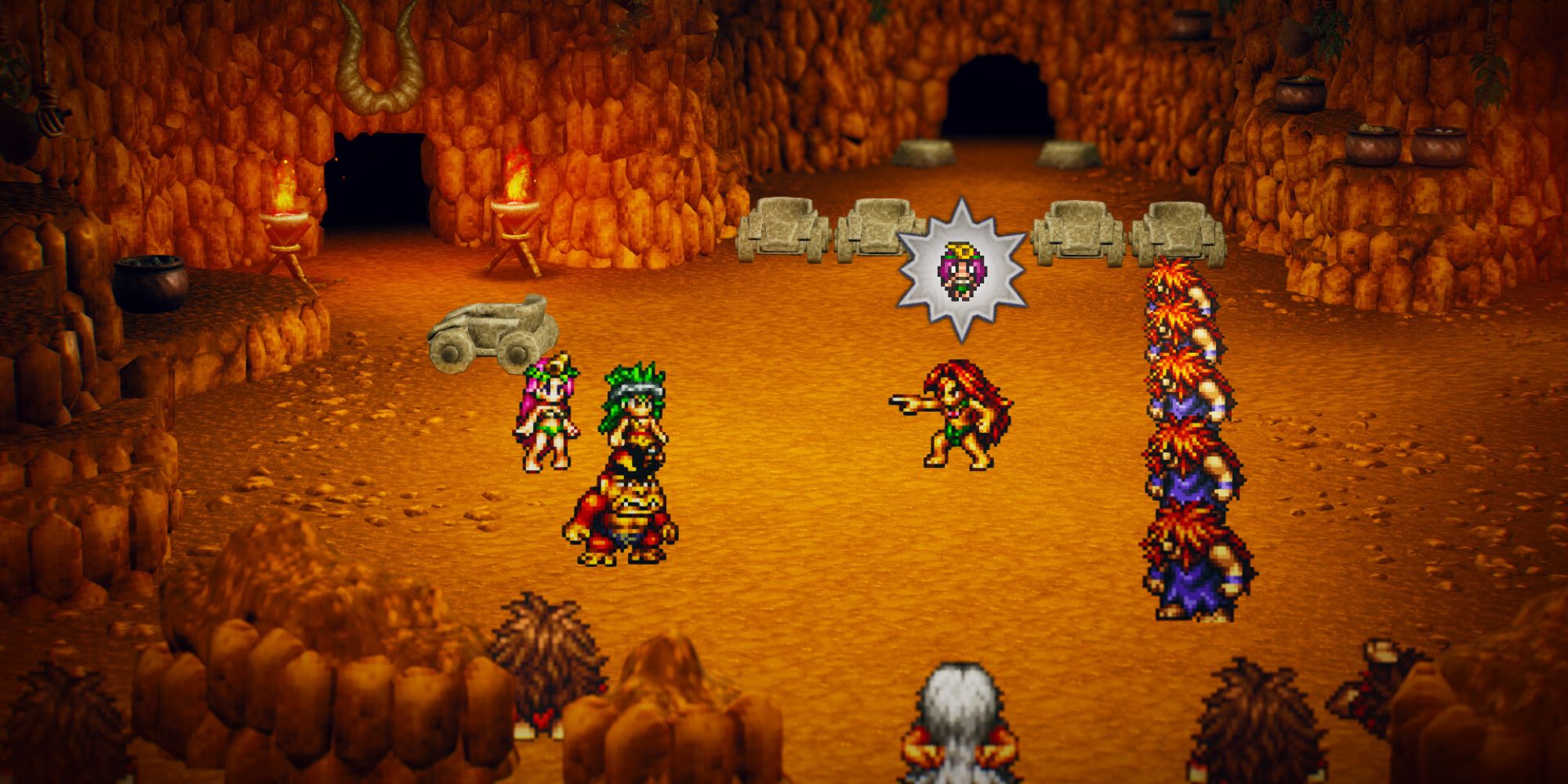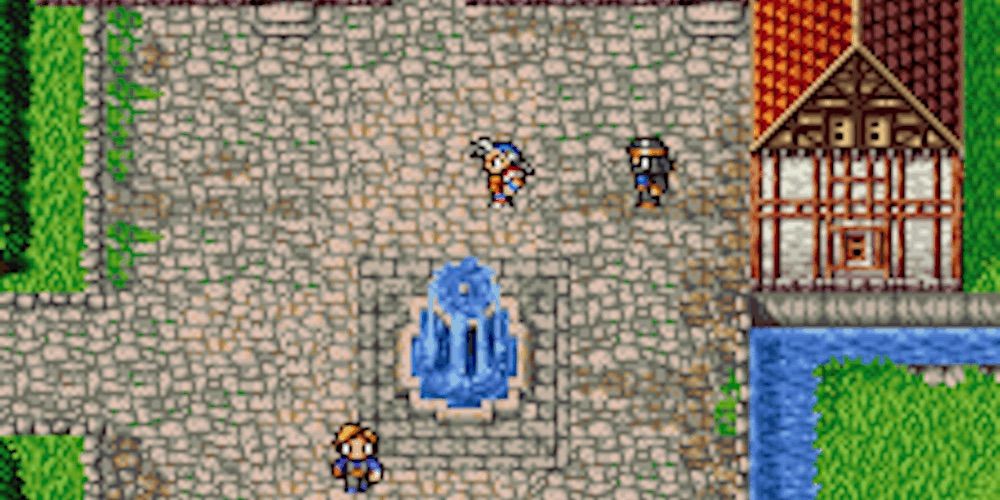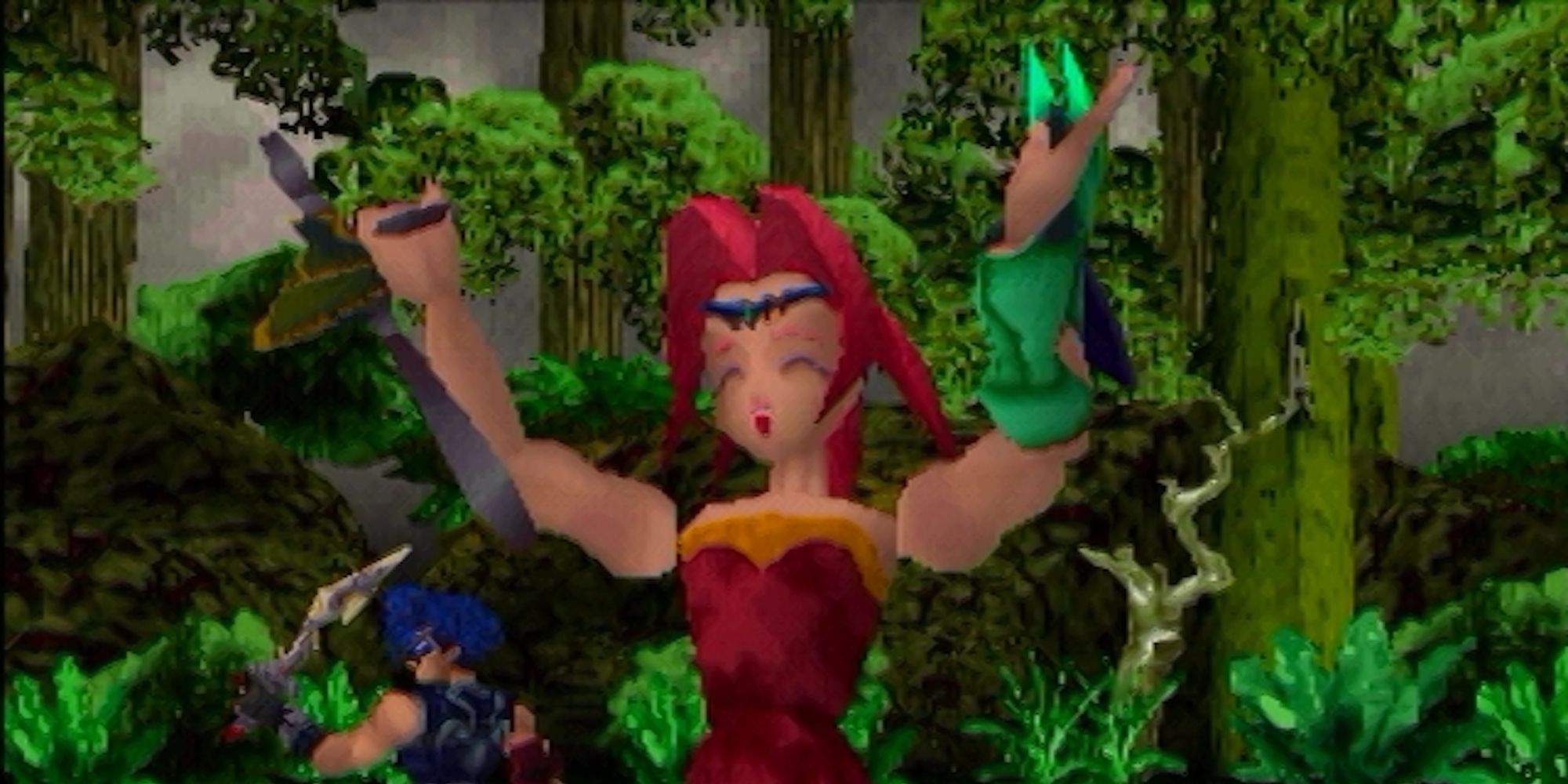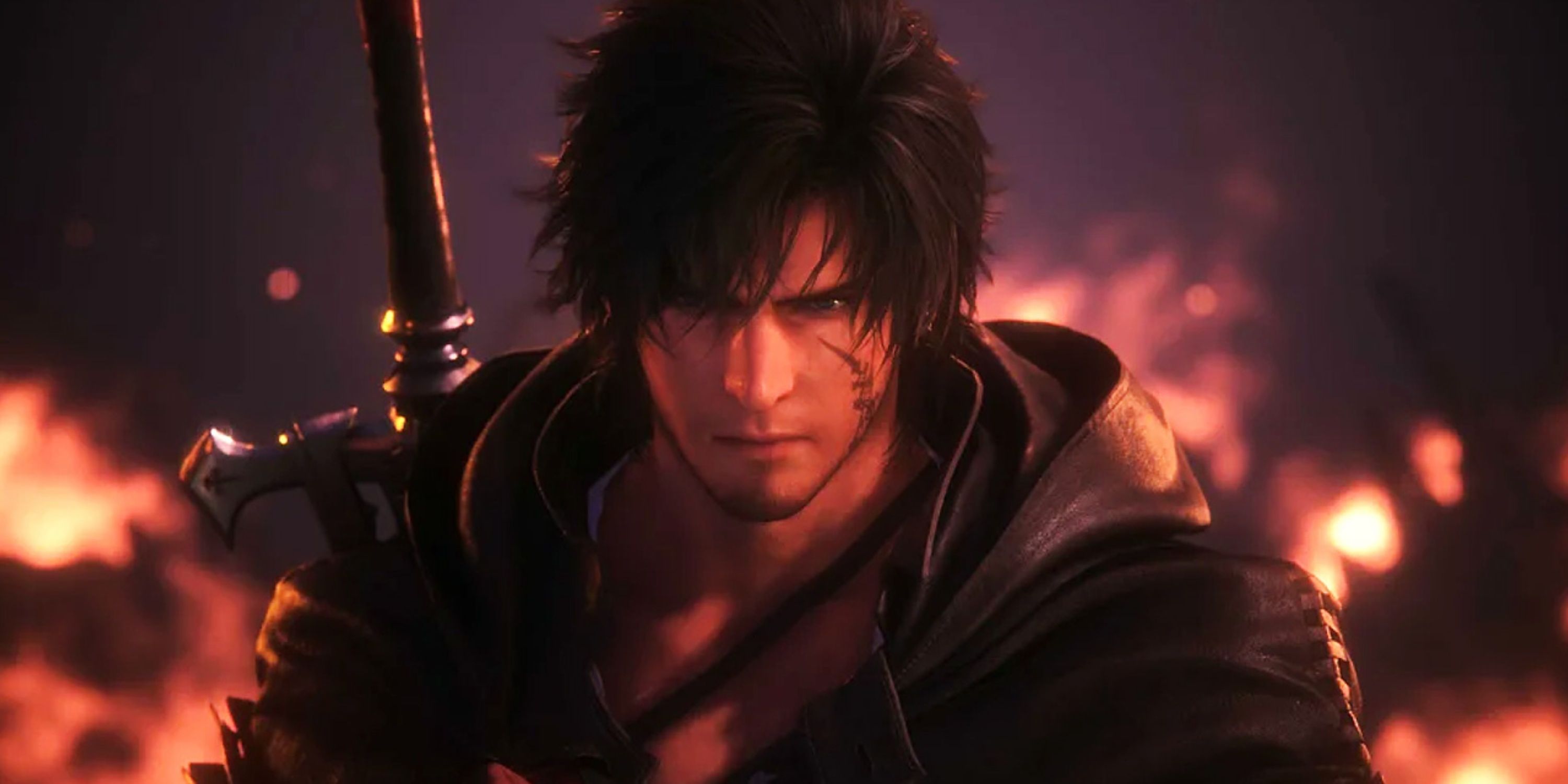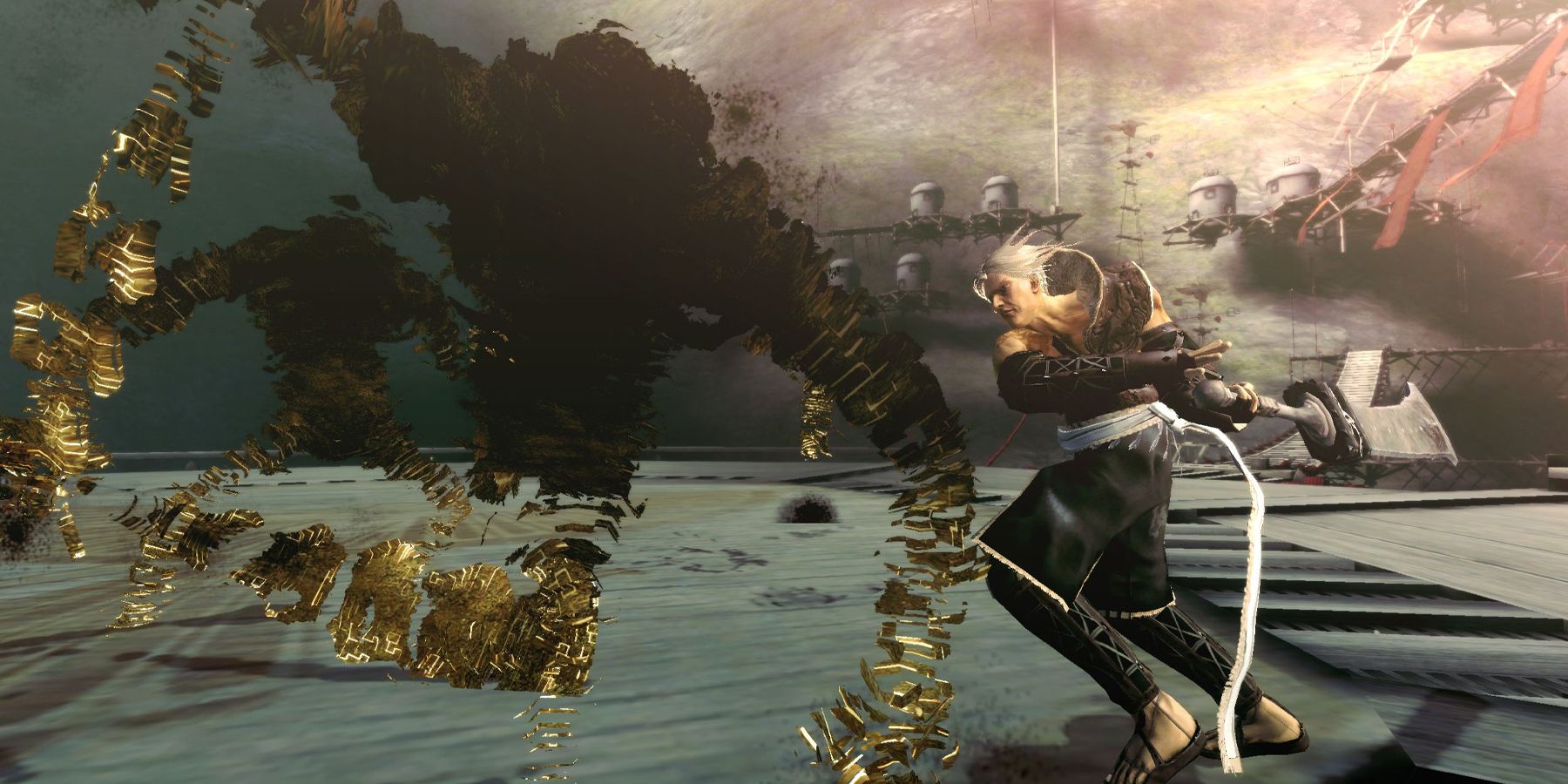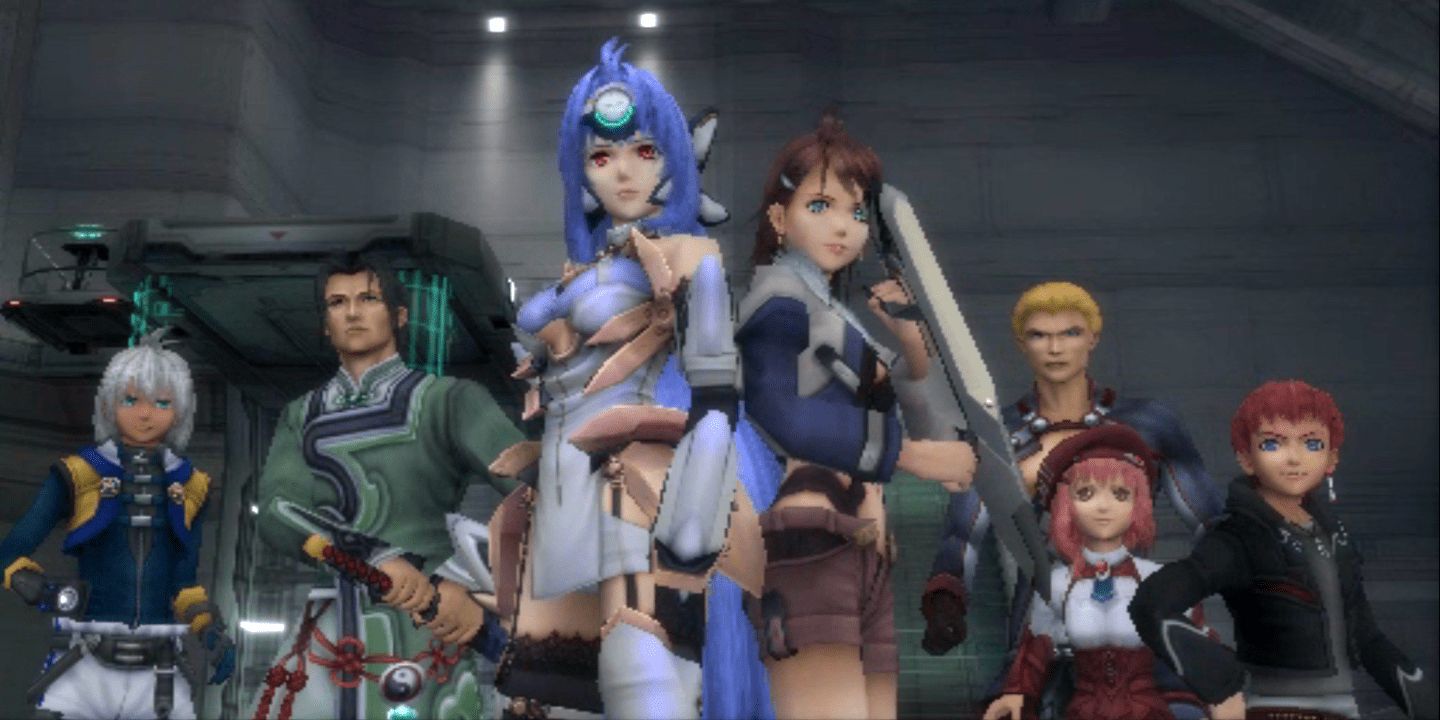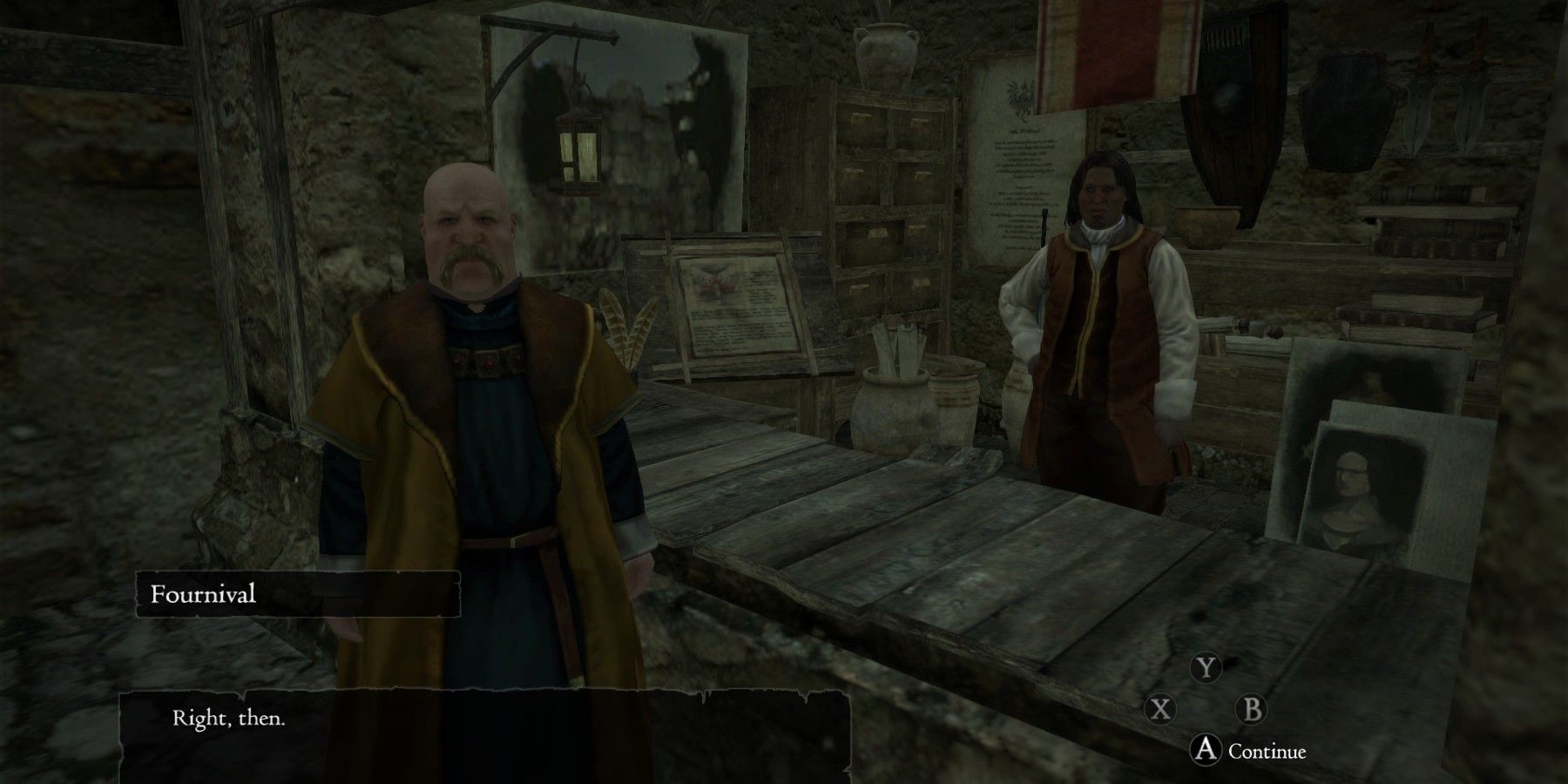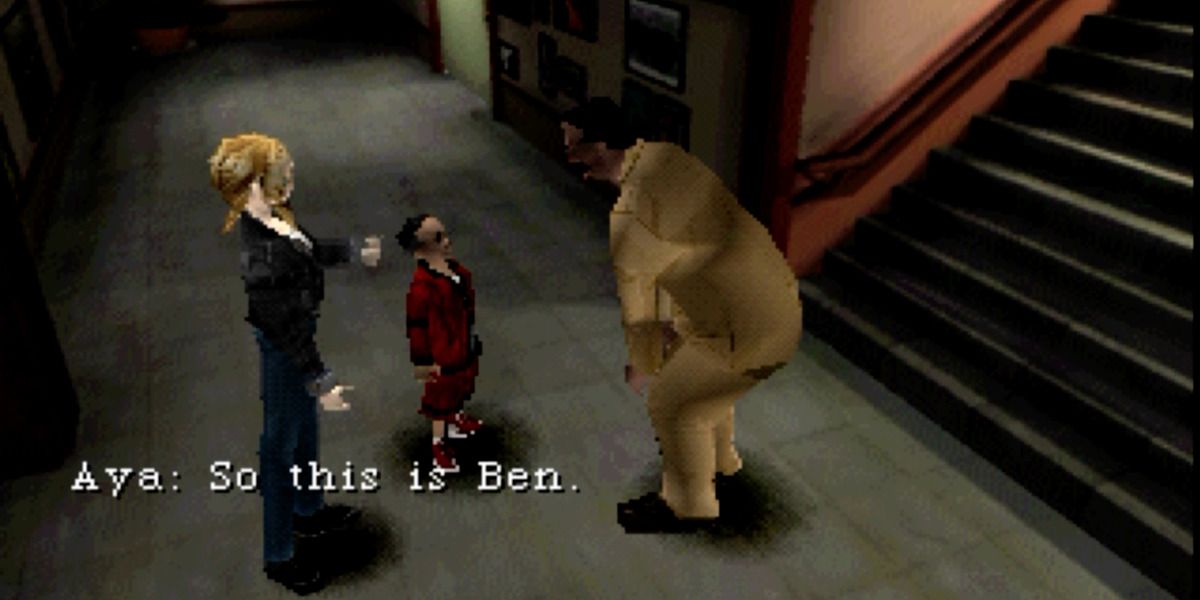People might think they know how JRPGs work, but the genre can be a varied field of different mechanics once one plays enough of them. Some JRPGs can go so far out of the range of what is expected from the genre that players at the time might not be too thrilled with what it has to offer.
The games below certainly have their loyal fans, but there are just as many people who were unimpressed by the mechanics and structure of the game, despite how innovative they might have been. At the very least one has to respect a game's ambition to try something different.
8 Live A Live
Anthology JRPG Combining Numerous Separate Narratives
- Metacritic Score: 81
- Metacritic User Score: 7.5
This JRPG did not make it to Western shores until 2022, and it is easy to see why Square did not bother localizing it until recently. The game was not a success out of the gate, and it probably would have been too weird for Western gamers. Negative reviews thought the game was too short and that the ending was underwhelming. However, it is impossible to dismiss its unique structure.
Players can play several different campaigns in any order, all of which are original stories that eventually get wrapped up in a final chapter. Director Takashi Tokita would go on to make Chrono Trigger, a game that similarly marries different settings and time periods together.
7 Final Fantasy 2
Stats Increase As You Use Them Like In Elder Scrolls
- Metacritic Score: 63
- Metacritic User Score: 6.6
- Score Based On The PSP Version
Final Fantasy 2
- Platform(s)
- Nintendo Entertainment System , Android , iOS , Nintendo Game Boy Advance , PC , PS1 , PS4 , PSP , WonderSwan
- Released
- December 17, 1988
- Developer(s)
- Square
- Publisher(s)
- Square
Players are generally familiar with how leveling works in most JRPGs; each battle gives the party experience, and they eventually level up, gradually increasing stats and abilities with each level. Final Fantasy 2 eschews this completely. Instead, the party's stats grow depending on the abilities they use.
Defense increases as one is attacked and attack increases as the character uses the attack command. While this is innovative and feels like something out of Elder Scrolls instead of Final Fantasy, it is also easy to break the game by attacking one's own party members to become overpowered.
6 Legend Of Legaia
Combo System Only Its Sequel Replicated
- No Metacritic Score Available
Legend of Legaia came and went as just another JRPG on the PS1, a system famous for being overloaded by the genre. However, more gamers need to stop and look at how unique this game's combat is. Instead of simply pressing the attack command, players put in a series of punches and kicks during each turn and then unleashed a combo on the enemy.
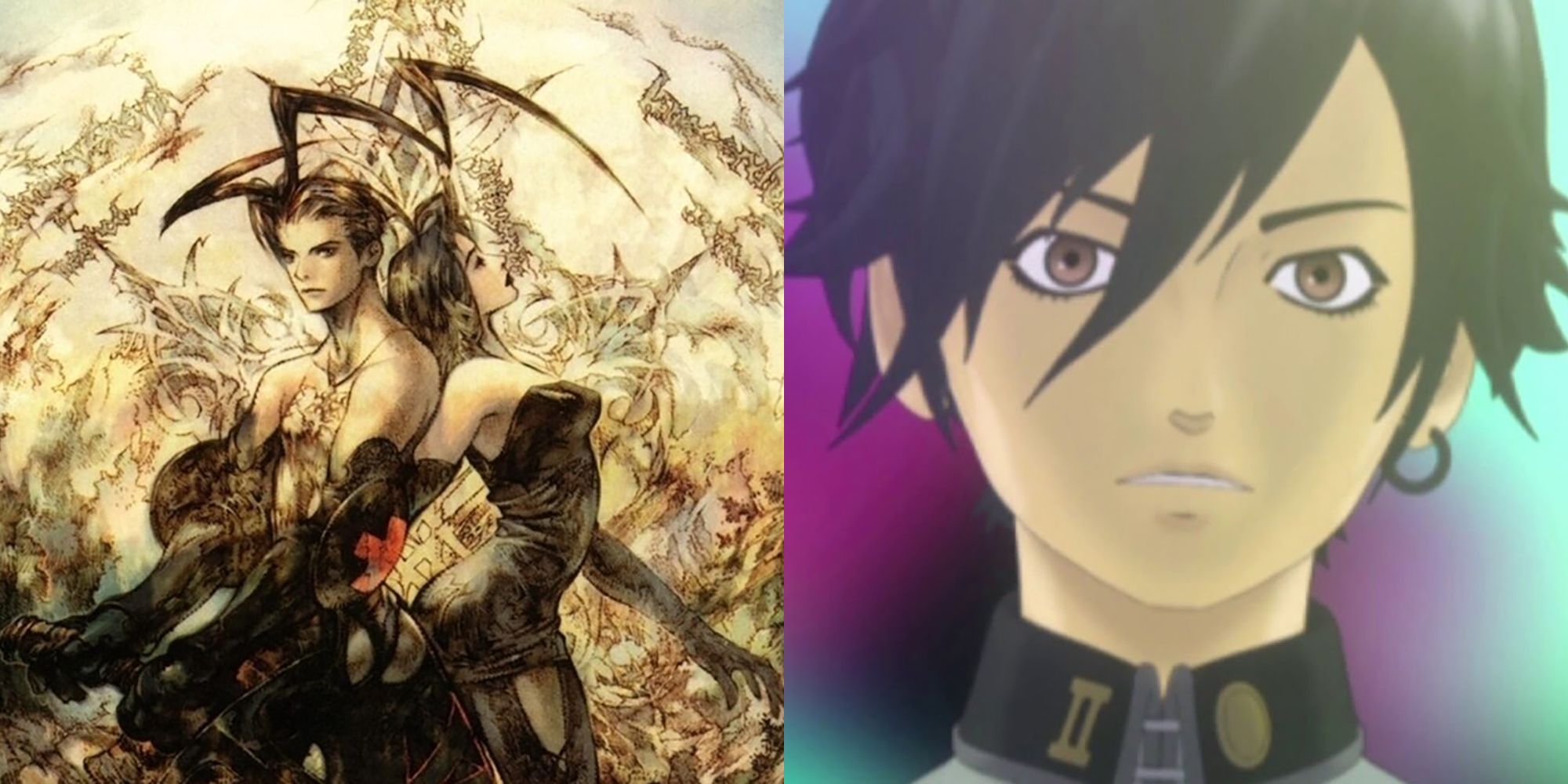
7 Hardest PS1 RPGs
The PlayStation 1 era was filled with difficult RPG games, but none more so than this list!
Depending on the combinations put in, players could unleash special attacks with their own unique animations. As the party levels up, they also earn the ability to do a longer combo with each turn.
5 Final Fantasy 16
Real-Time Combat Based On Character Action Games
- Metacritic Score: 87
- Metacritic User Score: 8.1
Final Fantasy 16
- Platform(s)
- PS5
- Released
- June 22, 2023
- Developer(s)
- Square Enix
- Publisher(s)
- Square Enix
Final Fantasy 16 not only strays away from the series but from the JRPG genre as a whole. Nothing about the combat is turn-based here. Instead, players are thrown into real-time combat encounters where they have free movement over the play area and do not have to wait to unleash their attacks.
They also have to have good timing to successfully execute parries and dodges. While Square franchises like Kingdom Hearts have real-time combat, Final Fantasy 16 often has more in common with Bayonetta or Devil May Cry. This might turn off certain longtime fans, but it also has the ability to draw in a whole new audience.
For what it's worth, Game ZXC loved the game and the new direction it went into with the series. Read more about it in the review.
4 Nier
False Endings With More Content As Players Start A New Game
- Metacritic Score: 67
- Metacritic User Score: 8.5
These days any game that wants to toy with the player's head will roll credits before hinting that there is much more game to be played. Metal Gear Solid V does this as well as Control. Nier did this before it was cool, and its general weirdness is probably why it only received mediocre reviews upon release. However, the user score shows that consumers were more into what the game offered.
Players can start a new game several times to unlock more content that dives deeper into the game's story. The same narrative tactic would be used in its sequel, Nier: Automata, to even greater effect. Fortunately, the sequel received a more positive reception thanks to tighter combat.
3 Xenosaga
Trilogy Of Directly Connected RPGs
- Metacritic Score: 83
- Metacritic User Score: 8.1
- Episode II Metacritic Score: 73
- Episode II Metacritic User Score: 7.4
Xenosaga Episode I: Der Wille zur Macht
- Platform(s)
- PS2
- Released
- February 25, 2003
- Developer(s)
- Monolith Soft
- Publisher(s)
- Namco
Xenogears was a critical hit on the original PlayStation thanks to its unique narrative. The three Xenosaga games on the PS2 have a similarly cerebral story, but the games were not as universally beloved. They were extremely linear and featured long stretches of cutscenes with no gameplay.
However, its ambition in the RPG space was unprecedented. Plenty of JRPGs are parts of series, but Xenosaga was a trilogy where every game was a direct continuation of the last. In fact, the original plan was to have six games following each other, but the lackluster reception of the second game had the story wrapped up in three games instead.
2 Dragon's Dogma
Online Component Where Players Utilize Other Players' Characters In Their Party
- Metacritic Score: 75
- Metacritic User Score: 7.9
Make no mistake, Dragon's Dogma is a JRPG despite all that it takes from Western examples of the genre. It features a unique online component where a player in the party is based on a character created by another player.
The open nature and ambitious design led to some bugs and poor performance, but those who could see past these technical hiccups were treated to a wholly unique experience. The game's cult status finally led to the announcement of a sequel.
1 Parasite Eve
Mixing The JRPG And Survival Horror Genres
- Metacritic Score: 81
- Metacritic User Score: 8.8
Parasite Eve
- Released
- September 9, 1998
- Developer(s)
- Square
- Publisher(s)
- Square
- Genre(s)
- Horror , Action RPG
So much about Parasite Eve that makes it stand out from its JRPG peers. The two biggest innovations are its modern-day setting and the mixture of survival horror into its JRPG mechanics. Exploring the environment for items and resources is just as important as understanding its battle system.
The game is also quite gruesome for the time, opening in an opera house where most of its patrons spontaneously combust around the protagonist. Though not the first modern-day JRPG, it is rare to see the genre take on the setting, and only recently has the Like a Dragon series become a popular example of it.

